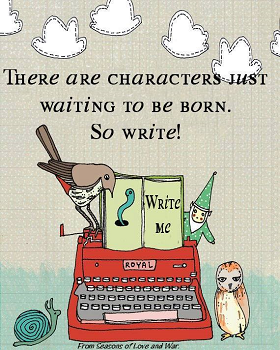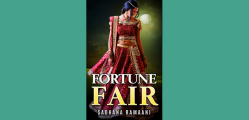Even though we must have read the different points of view and have understood the examples of what they meant, sometimes, it becomes a difficult decision to choose one for your manuscript. Here are some ways that might help you make that decision including the definitions of each.
First person Point of View: This POV is used when the main character is telling the story himself/herself. It uses the “I” narrator throughout the book.
Since this type of narration is done by the main character of the book, it can be assumed that the protagonist does not die in the end. Because he is the one narrating the story. Also, this POV connects to the reader at a deep level, so the author should have a great narrative voice. Choose this POV if you have a great narrator’s voice and a great story. Please keep in mind, this requires more words to put than the limited third person point of view, which is explained below.
Second person Point of View: This is narrated from the perspective of “you.”
This POV is often used for writing blog articles or newspaper articles. Rarely used in writing literary fiction. But there are some authors that like to experiment in their fiction work and have succeeded, but a rare one.
Third Person Limited Point of view: Limited means that the POV is limited to only one character. Which means that the narrator only knows what that character knows. With third person limited you can choose to view the action from right inside the character’s head. Uses the ‘he/she/it’ narration.
This POV is most common across most fiction genres. The beauty of the close connection it establishes with the reader by being in the head of the POV character and at the same time maintaining the distance from the reader as needed, makes it more powerful. For the first time writers, this seems to be the easier way to start. Unlike the first person POV, this requires less words and if done carefully, it can bring the same close connection as the first person POV. You have to watch out for ‘head hopping’ which seems to be a common mistake. You have to remember to be in one character’s head until you complete one chapter. Which means you can only narrate the thoughts and feelings of the point of view character and cannot switch to others in the middle of a scene or paragraph.
Third Person Omniscient Point of View: This point of view still uses the “he/she/it” narration but now the narrator knows EVERYTHING. The narrator isn’t limited by what one character knows, sort of like the narrator is God. The narrator can know things that others don’t, can make comments about what’s happening, and can see inside the minds of other characters.
This POV is also not used commonly, because it distances the reader from the character’s thoughts and feelings so much more than the limited POV. If you want to tell a story that does not require the connection to the character or you have a plot that has many characters and sort of no one lead character, then this point of view might work.
Which point of view works naturally for you? Why did you choose that point of view?






Leave a Reply